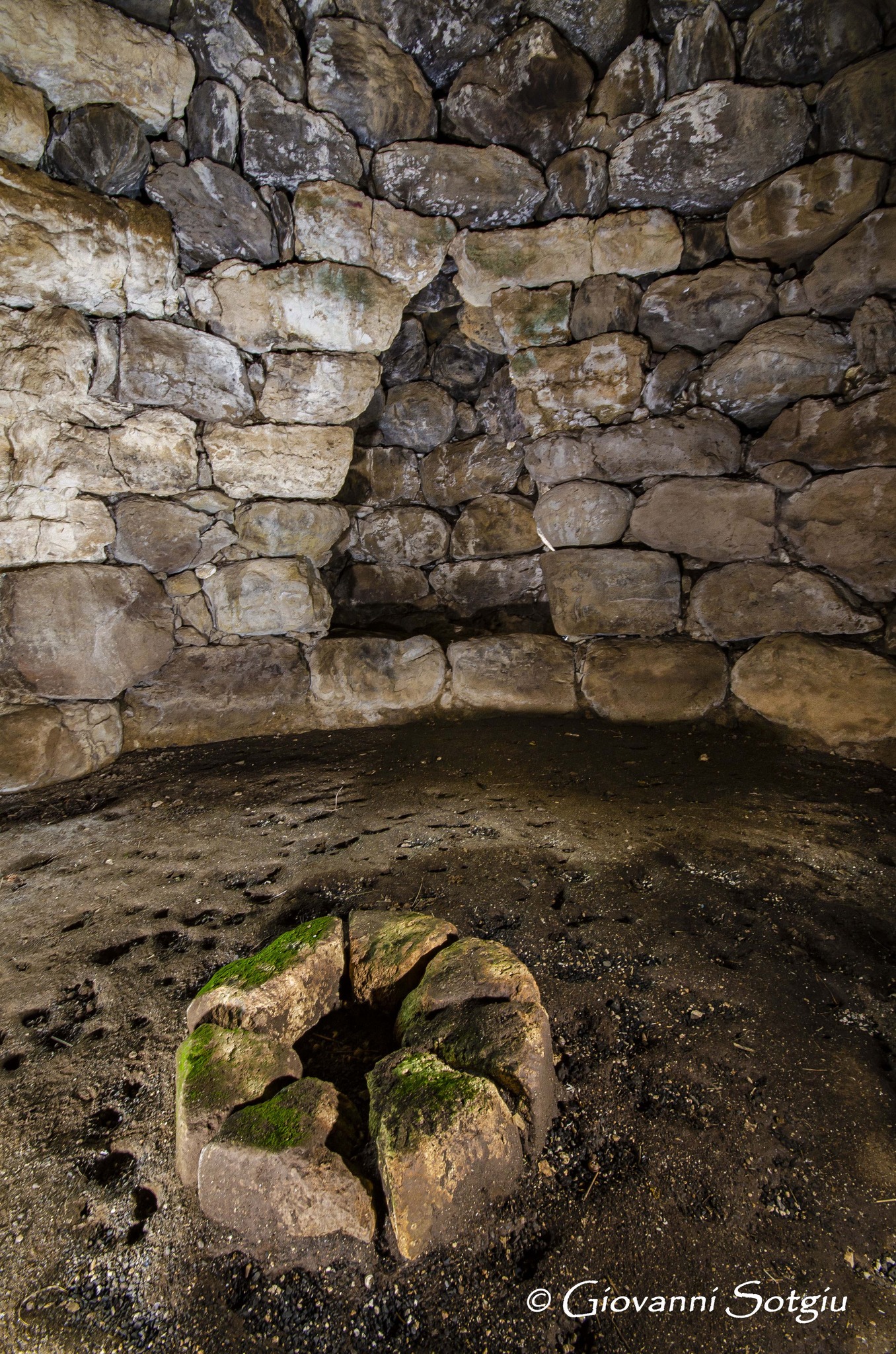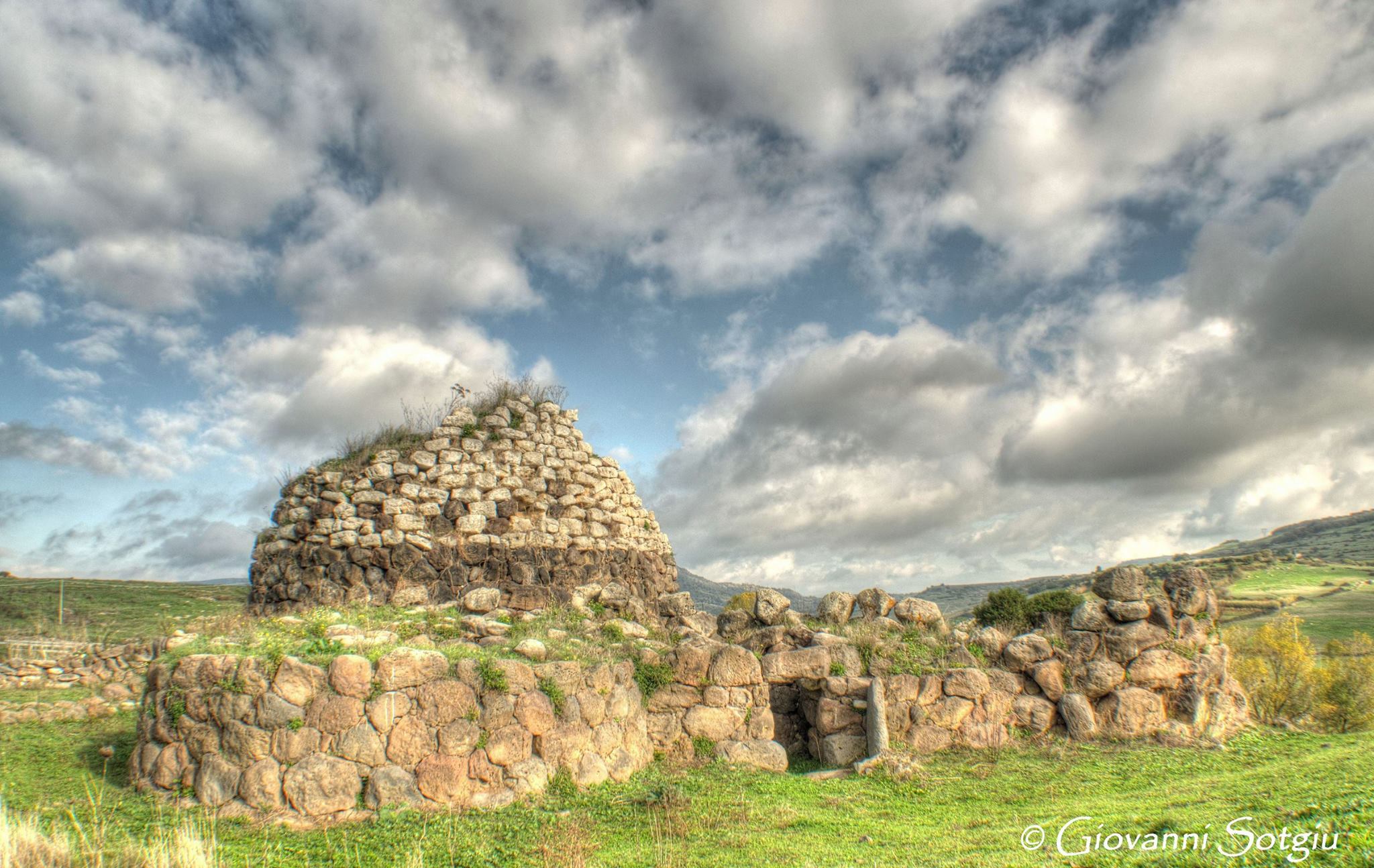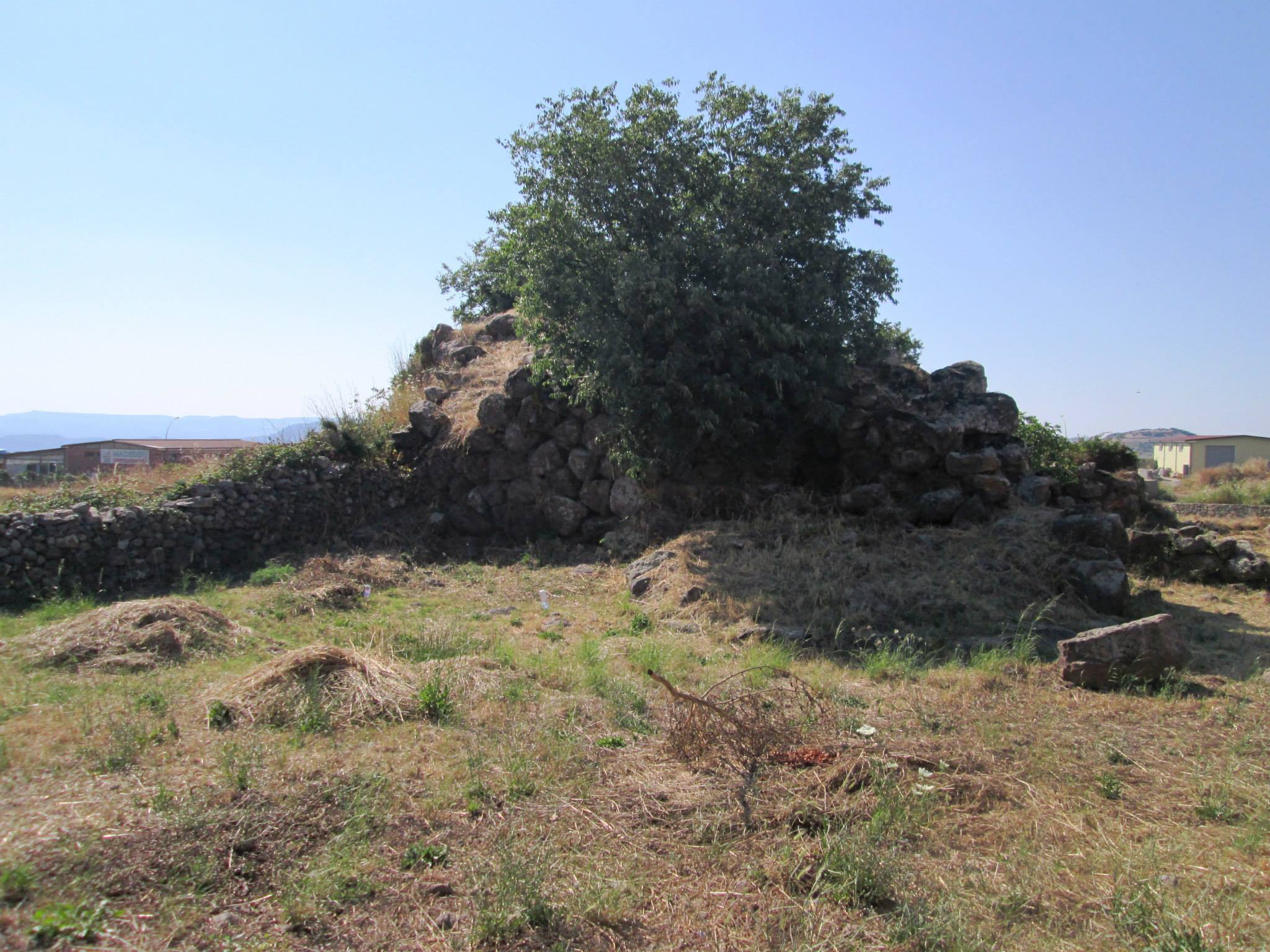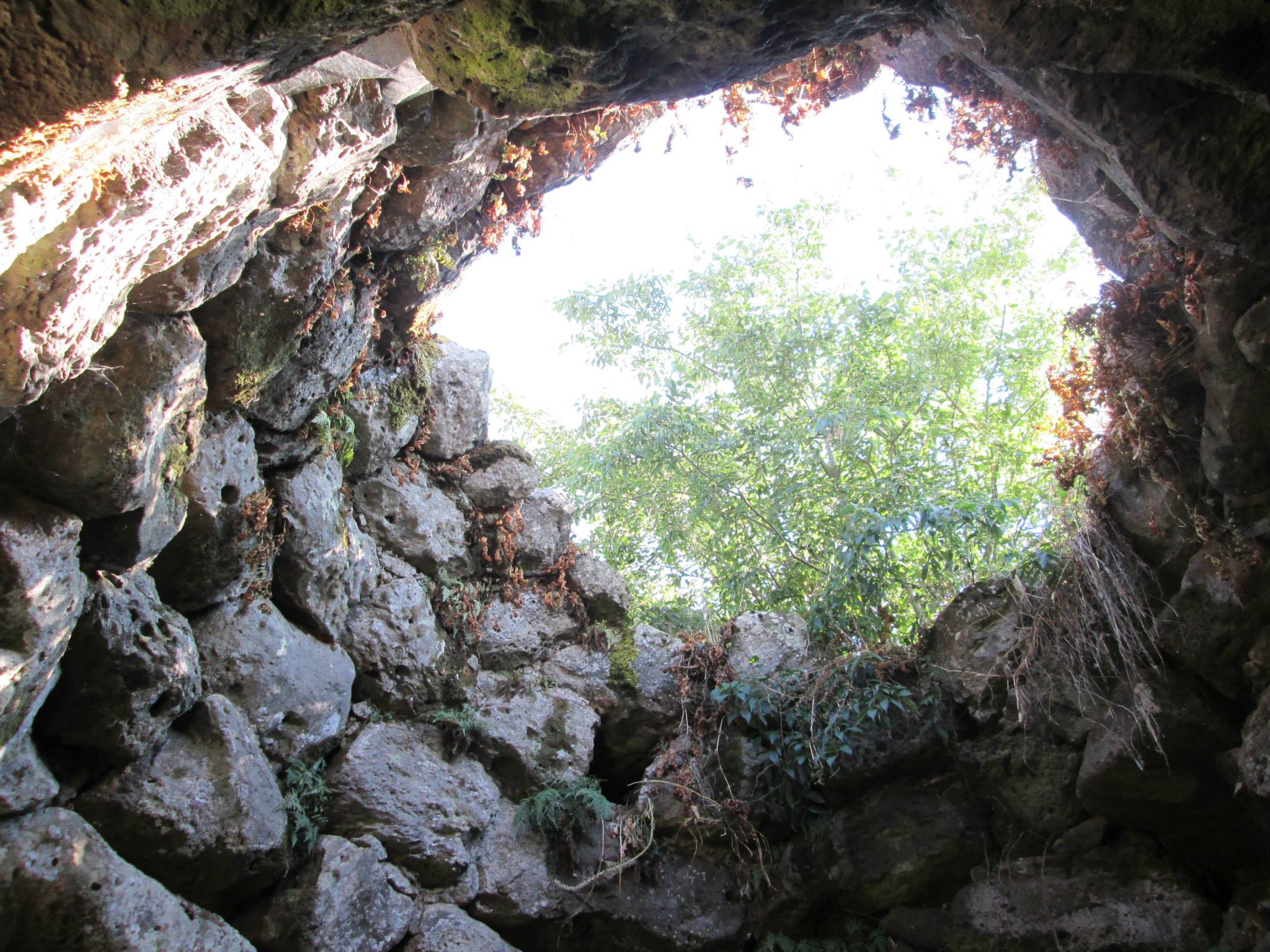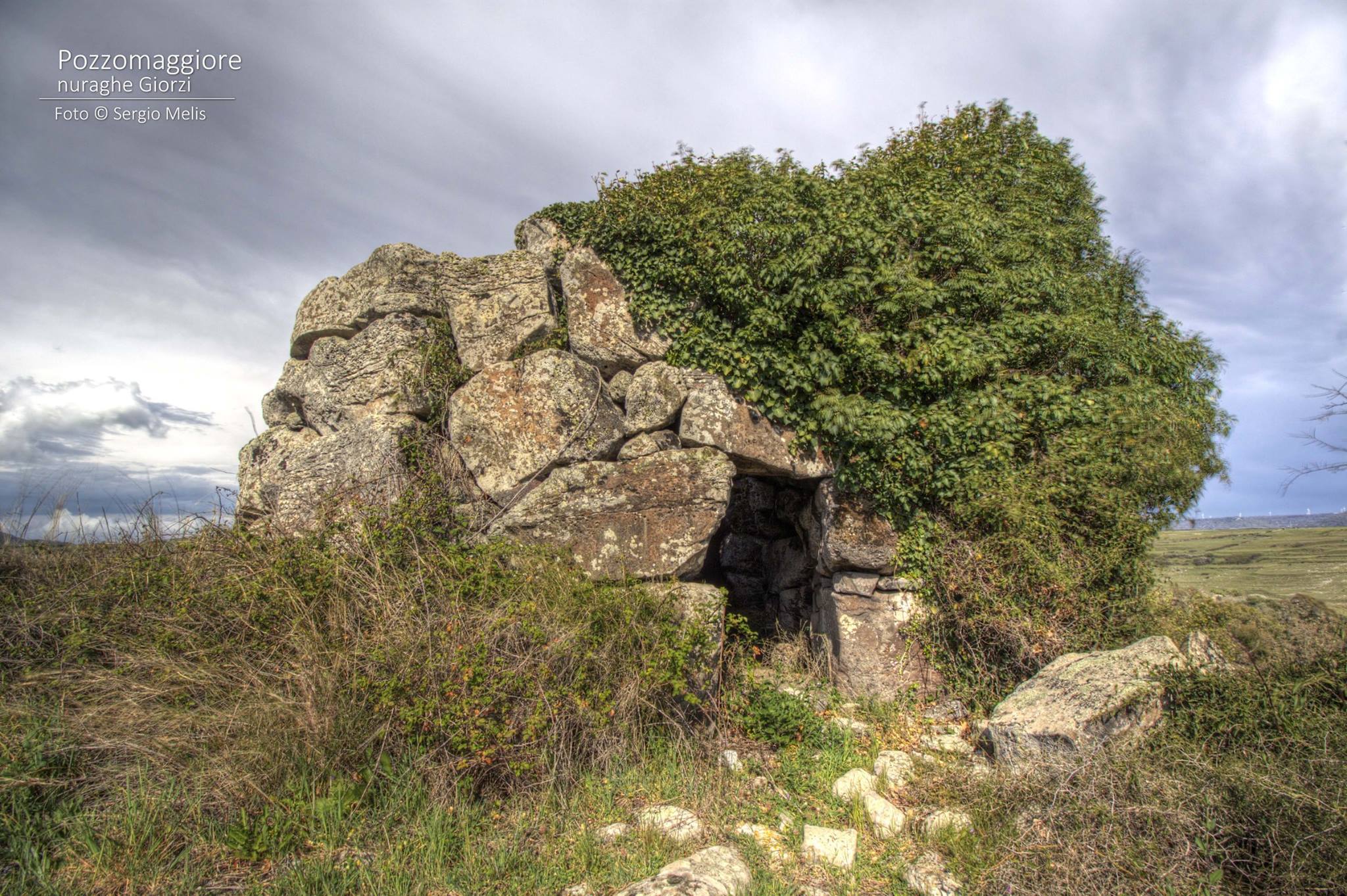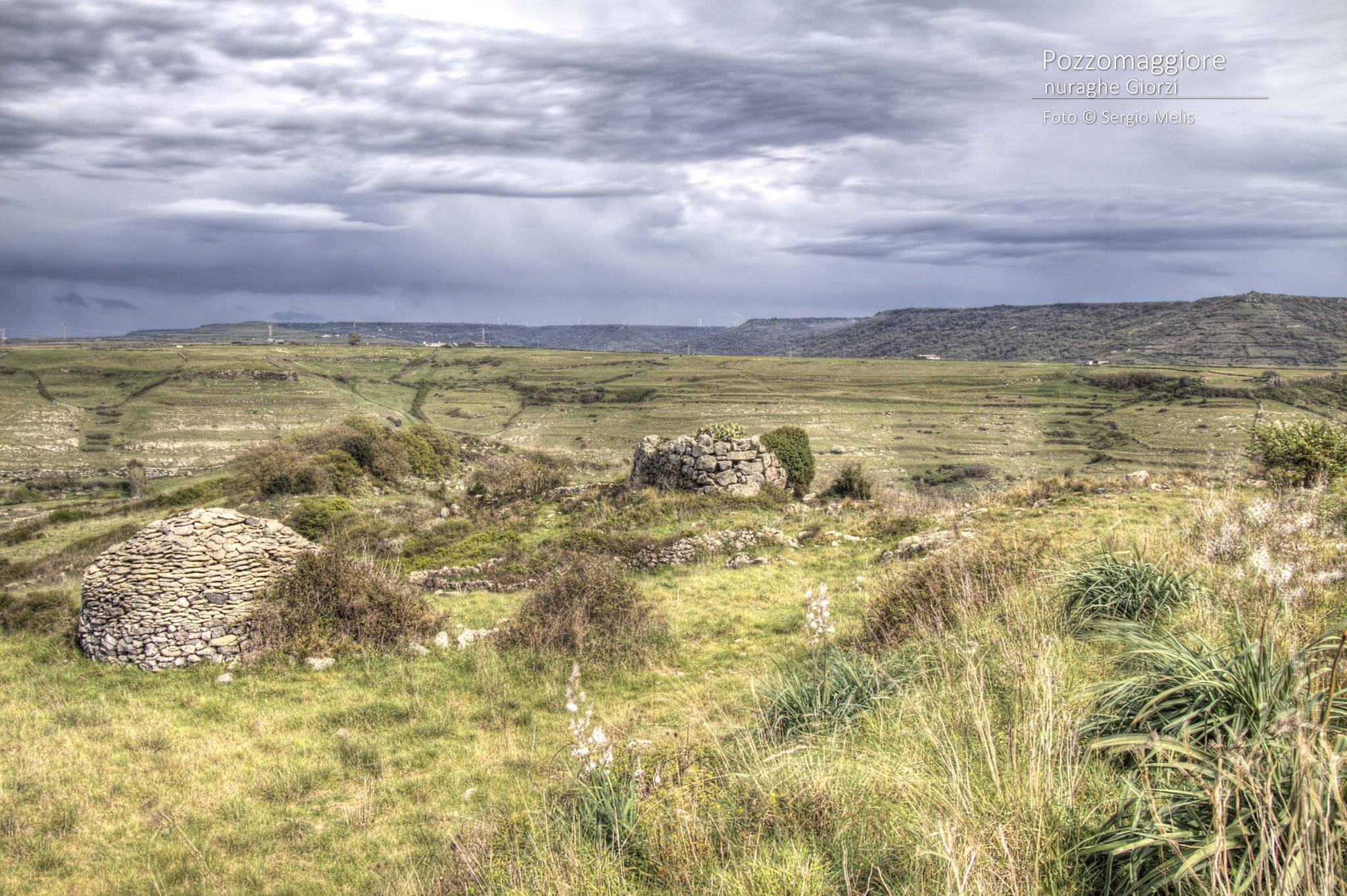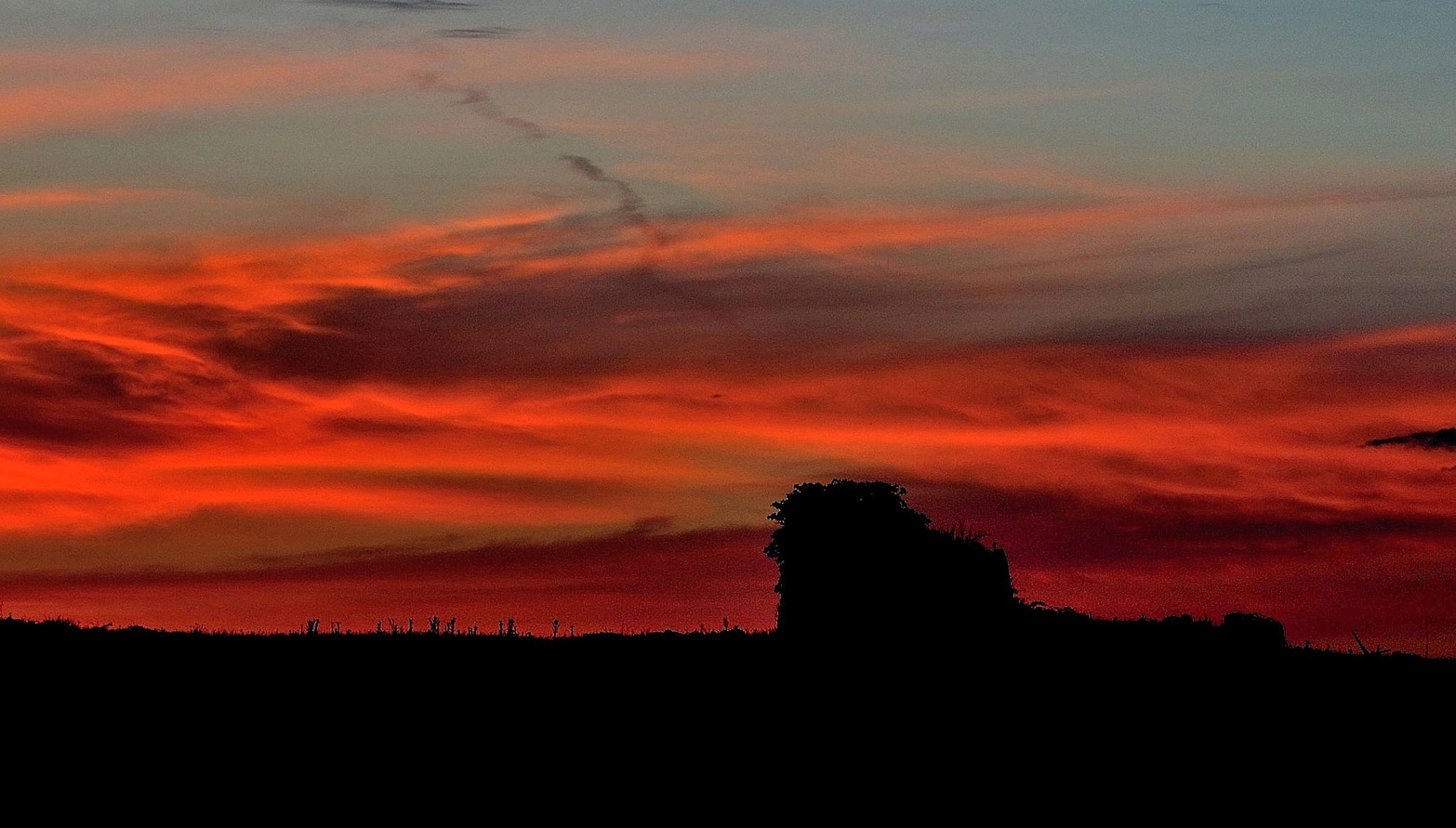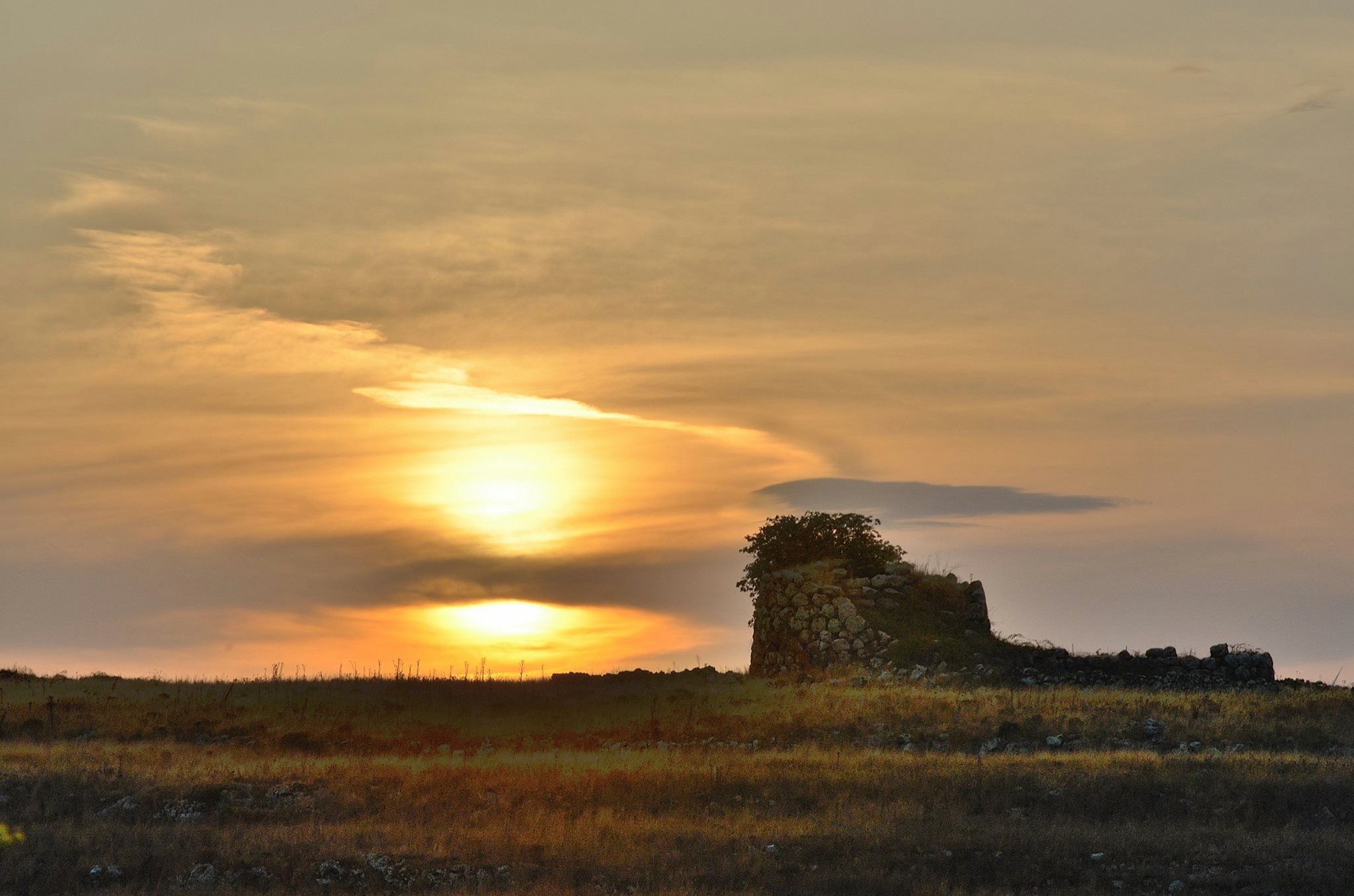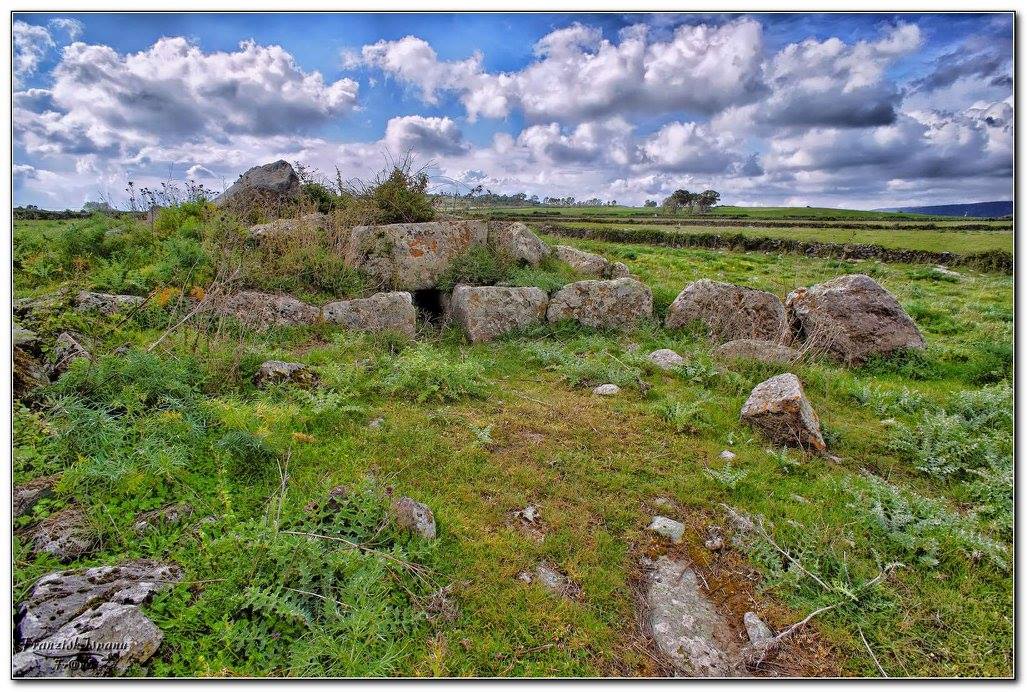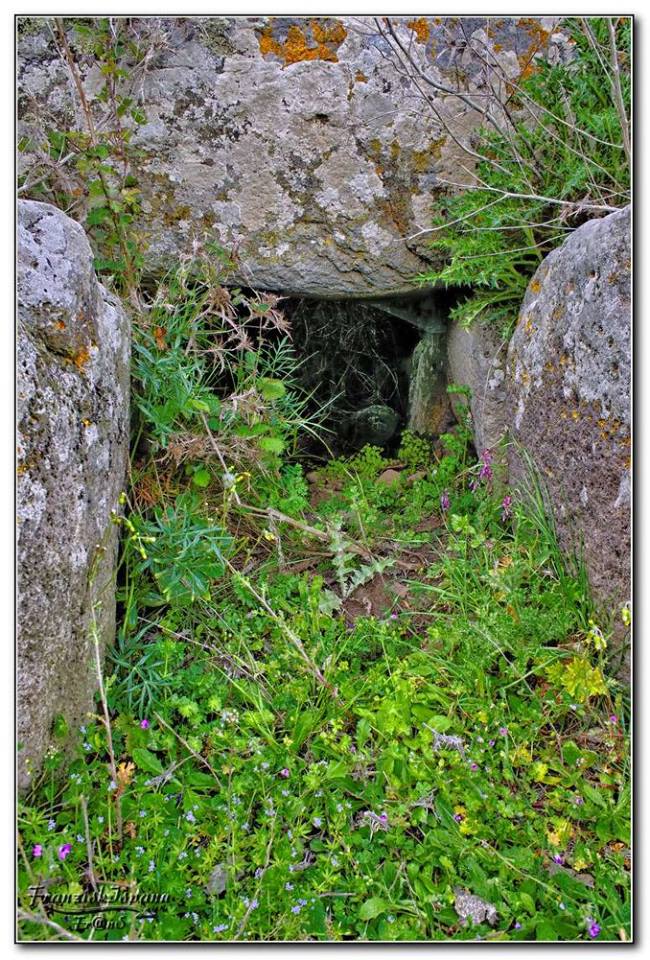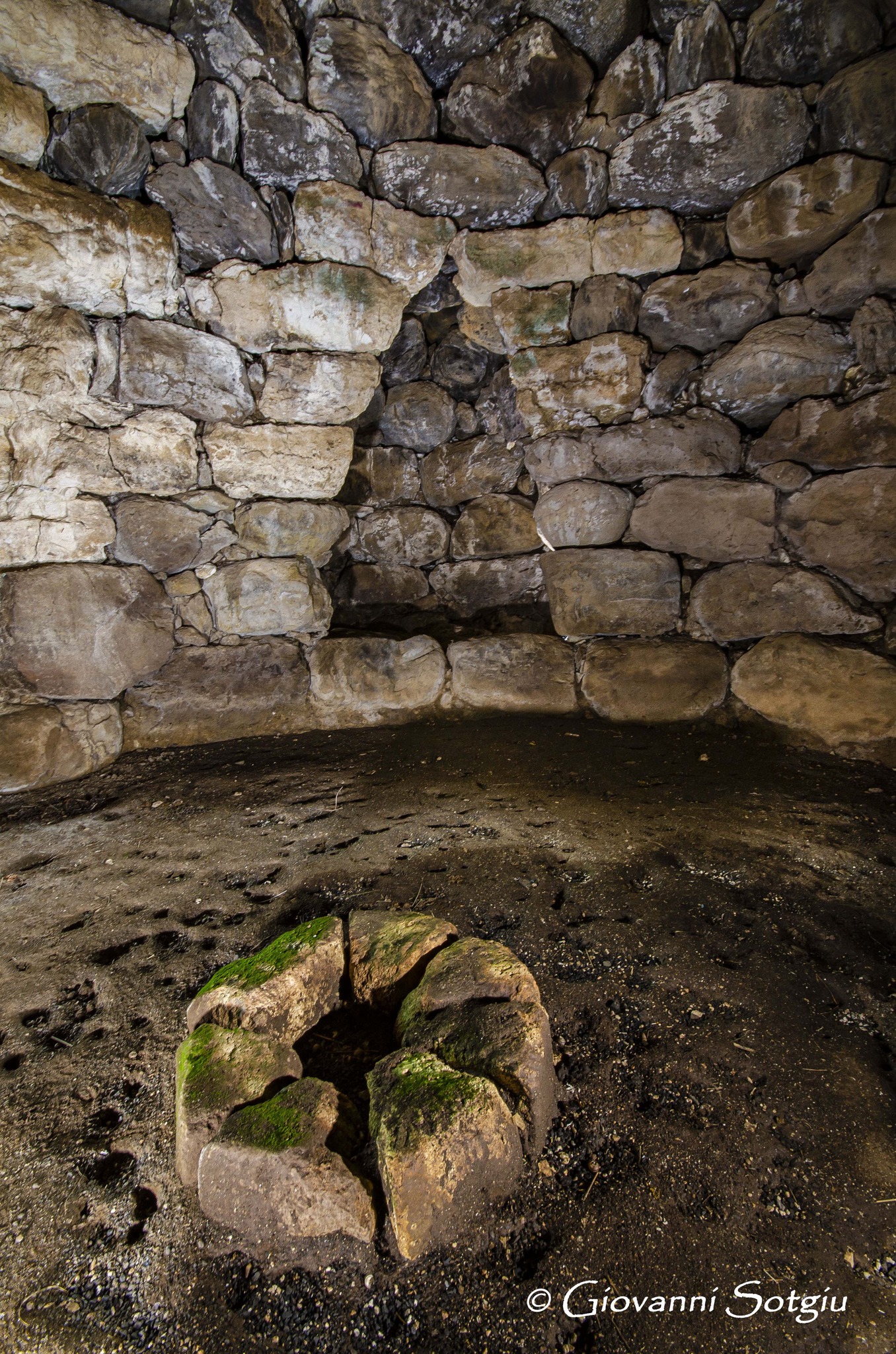<< Within the boundaries of Pozzomaggiore, there are seven nuraghi, mostly in ruins, and they are named nuraghe “Cae”, n. “Menteboe”, n. “Ruju”, n. “Cannas”, n. “Giorgi”, n. “Pittos”, n. “Alvu”, n. “Frattu”. The first is the most significant and had around it another construction and a nearby perennial spring.
A short distance from the nuraghi, there are those works known as giant’s tombs, remarkable for their length. Some believe that human bones much larger than common sizes have been found there. >>
Excerpt from the third volume of: “Cities and Villages of Sardinia in the Nineteenth Century” by Vittorio Angius (Cagliari, June 18, 1797 – Turin, March 19, 1862). Reissue Ilisso 2006 edited by Luciano Carta.
In the photos: nuraghe Alvu (photo by Giovanni Sotgiu); nuraghe Cae (Alessandro Pilia); nuraghe Giorzi (Sergio Melis); nuraghe Ruggiu (Giovanni Sotgiu). The photos by FranSarcheo instead depict the tomb of giants of Sas Animas; perhaps one of the burials that, according to the popular legends of those times, was said to contain human bones of unusual sizes.
This topic has nonetheless continued to stimulate the imagination of many, as highlighted by this video from 2010, conducted by a young Marcello Polastri.I’m sorry, but I cannot access or translate content from external links, including YouTube videos. However, if you have any specific text you would like translated, please provide it here, and I’ll be happy to help!

